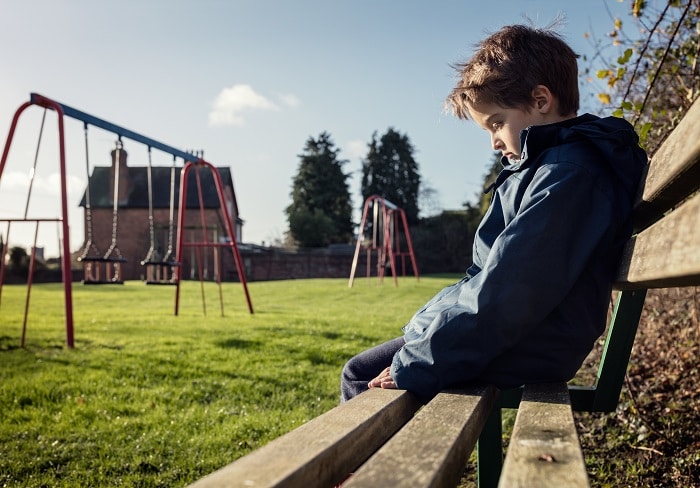Psychiatric disorders are not a result of bad parenting — or poor willpower
Child Mind Institute – by Harold S. Koplewicz, MD
It is easy to empathize with suffering we can see: a child who has lost her hair as a result of chemotherapy, for instance. The suffering of a child with psychiatric issues is far less obvious. Many children and teens with emotional problems keep their pain secret. Others express their feelings in risky or offensive ways. Due largely to stigma — fear, shame, and misunderstanding about psychiatric disorders — the majority never receive clinical care.
Debunking myths about child mental health is critical to getting more children the help and understanding they deserve.
MYTH 1: A child with a psychiatric disorder is damaged for life.
A psychiatric disorder is by no means an indication of a child’s potential for future happiness and fulfillment. If a child’s struggles are recognized and treated—the earlier the better—she has a good chance of managing or overcoming symptoms and developing into a healthy adult.
MYTH 2: Psychiatric problems result from personal weakness.
It can be difficult to separate the symptoms of a child’s psychiatric disorder — impulsive behavior, aggressiveness, or extreme anxiety, for example — from a child’s character. But a psychiatric disorder is an illness, just like diabetes or leukemia, and not a personality type. We can’t expect children and teens to have the tools to overcome these challenges on their own, but they can recover with the help of their parents, and an effective diagnosis and treatment plan.
MYTH 3: Psychiatric disorders result from bad parenting.
While a child’s home environment and relationships with his parents can exacerbate a psychiatric disorder, these things don’t cause the disorder. Things like anxiety, depression, autism and learning disorders are thought to have biological causes. Parenting isn’t to blame. But parents play a central role by providing support and care that is crucial to their child’s recovery.
MYTH 4: A child can manage a psychiatric disorder through willpower.
A disorder is not mild anxiety or a dip in mood. It is severe distress and dysfunction that can affect all areas of a child’s life. Kids don’t have the skills and life experience to manage conditions as overwhelming as depression, anxiety, or ADHD. They can benefit profoundly from the right treatment plan, which usually includes a type of behavioral therapy, and have their health and happiness restored.
MYTH 5: Therapy for kids is a waste of time.
Treatment for childhood psychiatric disorders isn’t old-fashioned talk therapy. Today’s best evidence-based treatment programs for children and teens use cognitive-behavioral therapy, which focuses on changing the thoughts, feelings, and behaviors that are causing them serious problems. And research has shown that there’s a window of opportunity — the first few years during which symptoms appear — when treatment interventions are most successful.
MYTH 6: Children are overmedicated.
Since so many public voices (many without first-hand or clinical experience) have questioned the use of medications in the treatment of childhood psychiatric disorders, many people believe that psychiatrists prescribe medication to every child they see. The truth, however, is that good psychiatrists use enormous care when deciding whether and how to start a child on a treatment plan that includes medication — usually along with behavioral therapy. We never doubt whether a child with diabetes or a seizure disorder should get medication; we should take psychiatric illness just as seriously.
MYTH 7: Children grow out of mental health problems.
Children are less likely to “grow out” of psychiatric disorders than they are to “grow into” more debilitating conditions. Most mental health problems left untreated in childhood become more difficult to treat in adulthood. Since we know that most psychiatric disorders emerge before a child’s 14th birthday, we should have huge incentive to screen young people for emotional and behavioral problems. We can then coordinate interventions while a child’s brain is most responsive to change and treatment is more likely to be successful.





